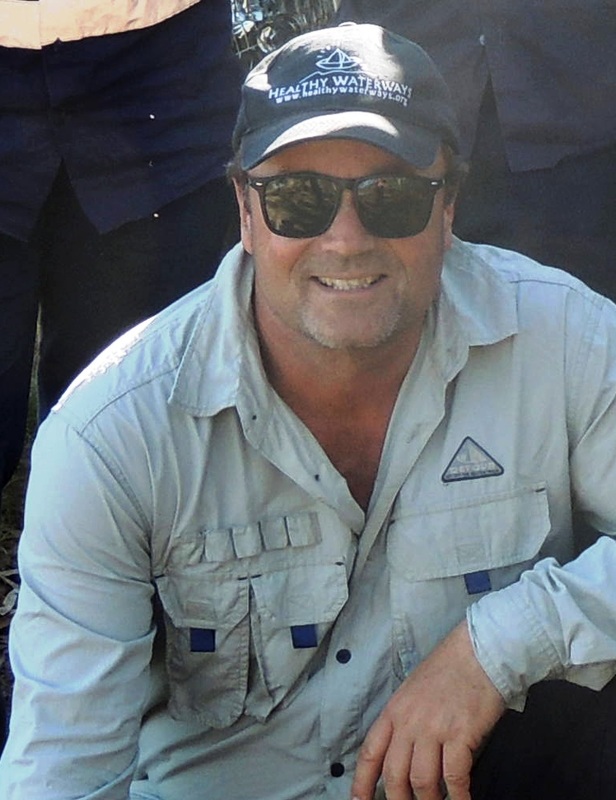In warmer areas, mangroves tend to dominate the coastal fringe and whenever there is enough tidal inundation they replace saltmarsh vegetation. But in Coffin Bay there are no mangroves, so the saltmarsh inhabits the edge of the tidal zone and thrives. One species (Tecticornia arbuscular) also known as the shrubby samphire can grow well over 2 meters in height and another samphire, the Thick-head Glasswort (Sarcocornia blackiana) is also common in the Coffin Bay saltmarshes and can grow to over a metre in height. These larger samphires appear to occupy the niche of the mangrove, so common in warmer waters.
Still there are also a number of familiar plants, which are common in the saltmarsh areas of Hays Inlet. They include the Beaded Samphire (Sarcocornia quinqueflora), Ruby Saltbush (Enchylaena tomentosa var tomentosa),Seablite (Suaeda australis) and Marine Couch (Sporobolus virginicus). On the landward edge in Hays Inlet we can see stands of Melaleuca and Casuarina. Similarly, at the landward fringe in Coffin Bay there are stands of tea tree, known as Swamp Paperbark (Melaleuca halmaturorum).
The birdlife in this coastal area also reflects the trends in the saltmarsh vegetation, some familiar to South Queensland and others characteristic of the southern temperate coastline. There are many of the same birds as Hays Inlet including Oystercatchers, Cormorants, Silver Gulls, Pelicans and the White-faced Heron. There are also other birds not seen in Moreton Bay that occupy the shorelines and coastal vegetation including the New Holland Honeyeater, the Red Wattlebird and the impressive Pacific Gull which looks like one of our seagulls on steroids.
Coffin Bay and the Eyre Peninsula is a relatively isolated area of coastline and to visit the area certainly gives us a chance to reflect and appreciate the areas of wetlands we still have around Moreton Bay. Importantly it also gives us an idea of how saltmarsh would look without the Mangroves dominating the shoreline and the edges of our waterways. In our case, in Moreton Bay, we get to enjoy the best of both worlds, saltmarsh and mangrove forests!

 RSS Feed
RSS Feed
